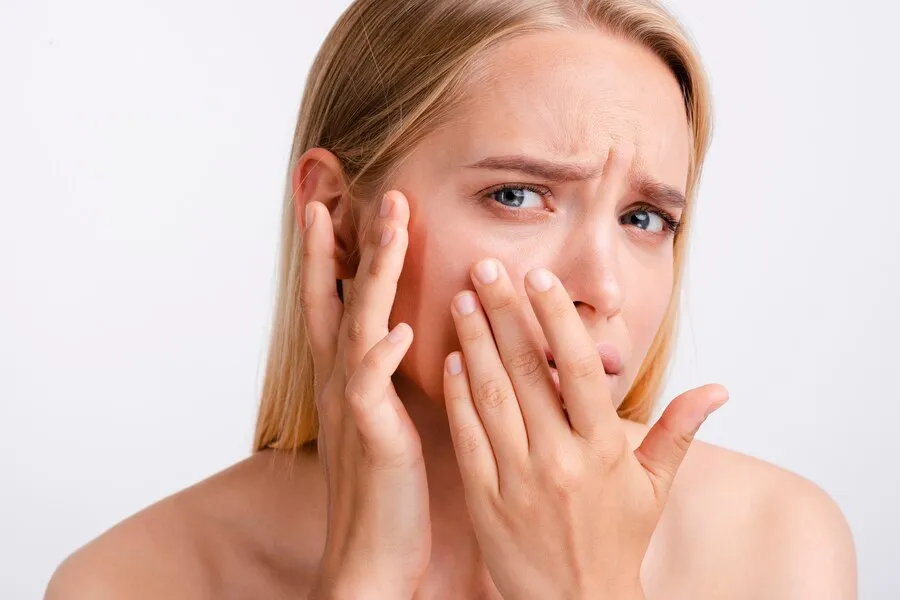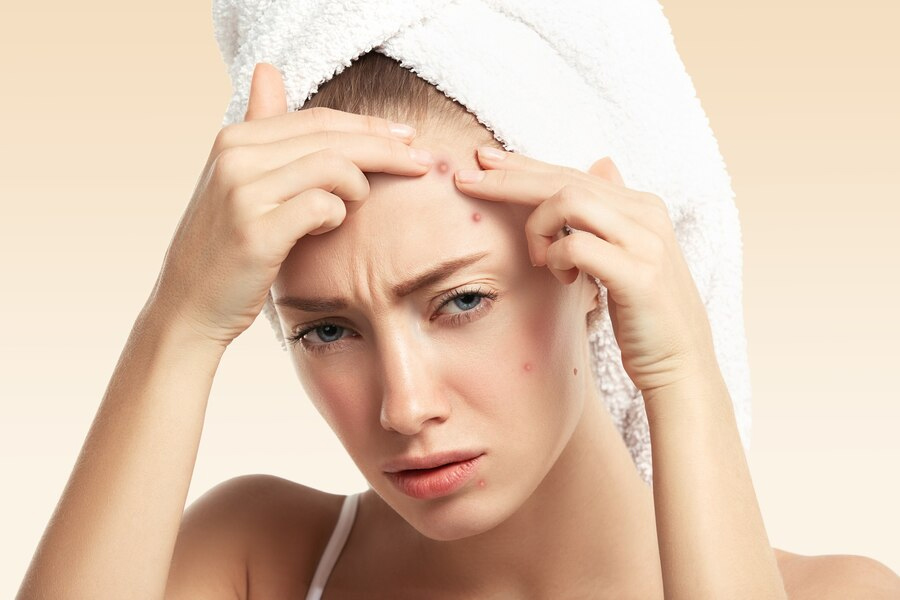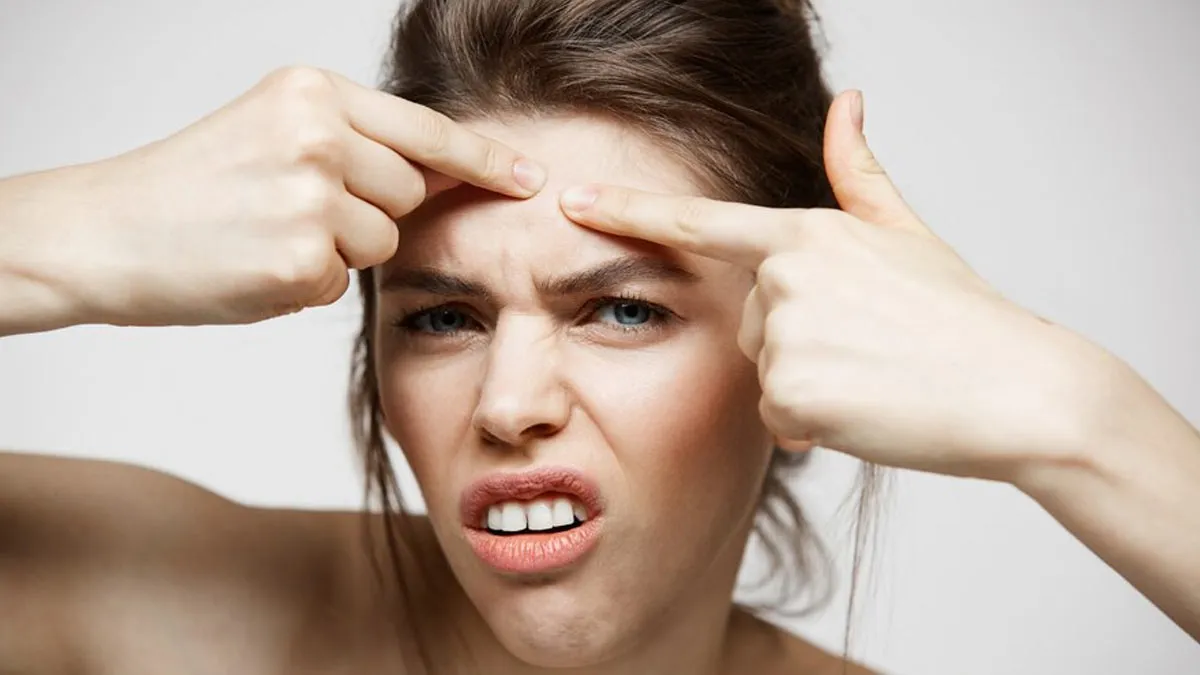
Did you ever start a new skincare regimen or active product and suddenly noticed increased pimples, blackheads, or textured areas? Well, you could be dealing with skin purging. It may occur often and as soon as you make a shift to your usual skin care routine and can be frustrating, especially if you were expecting instant gratification. Accoding to experts, purging is usually a sign your skincare is doing its job, at least in the beginning. So how do you know whether it's mere temporary purging or a real breakout due to irritation?
Table of Content:-
We asked the same question to our expert, Sanjeev Gulati, Department of Dermatology, Sharda Hospital, Noida, and here is what he shared with us. However, let's understand what skin purging exactly is.
What Exactly Is Skin Purging?
Skin purging is a response to active ingredients that increase cell turnover—such as retinoids, AHAs, BHAs, or vitamin C. As your skin turns over faster, hidden congestion (such as microcomedones) migrates to the surface faster than normal, resulting in short-term breakouts. In simpler words, your skin is eliminating the 'bad stuff' so it can heal.
What Causes Skin Purging?
As per Dr Gulati, purging usually happens with products that speed up cell turnover, like:
- Retinoids (e.g., Retinol, Tretinoin)
- Chemical exfoliants (Salicylic Acid, Glycolic Acid, Lactic Acid)
- Vitamin C (at high levels)
These products are working, getting your skin to repair itself faster. That usually means grime stuck below the surface materialises all at once, and with it comes a short-term breakout.

Skin Purging vs. Breakout: How to Tell the Difference
1. Timing and Triggers
Purging typically begins after a few days of applying a fresh active product. However, breakouts may happen at any time, usually caused by irritation, stress, diet, or clogged pores because of comedogenic content.
2. Location
Purging occurs where you typically break out. While, breakouts may happen in new, unusual locations, particularly if caused by an allergic reaction or inappropriate product.
3. Duration
Purging should be better in four to six weeks. On the other hand, breakouts due to irritation can continue or get worse if the product is not discontinued.
4. Acne Type
Purging usually yields tiny whiteheads or blackheads with occasional mild inflammation. Breakouts can occur with tender cysts, extensive redness, or itchy bumps, indicating irritation or allergy.
How to Deal with Skin Purging
- Don't Stop Abruptly: If it's purging, continue using the product for a minimum of four to six weeks, unless you notice severe redness, burning, or pain.
- Introduce Actives Gradually: Apply new products two to three times per week before slowly ramping up frequency.
- Hydrate and Shield: Apply a moisturizing moisturizer and SPF daily to aid in the skin barrier.
- Steer Clear Of Mixing Too Many Actives: Too many exfoliants or retinoids may irritate the skin and cause breakouts.

When To Discontinue Product Use
- If there are breakouts in new areas or persisting after six weeks.
- If your skin is raw, itchy, or stings, this indicates an allergic or irritant reaction.
- If cystic acne or rashes occur, see a dermatologist at once.
Takeaway
Purging the skin can feel like a step back, but it is usually part of the process to clearer, healthier-looking skin. The trick is patience, monitoring, and paying attention to your skin's cues. Not all reactions are negative ones, but knowing when to persevere and when to quit can be all the difference in your skincare journey.
Also watch this video
How we keep this article up to date:
We work with experts and keep a close eye on the latest in health and wellness. Whenever there is a new research or helpful information, we update our articles with accurate and useful advice.
Current Version